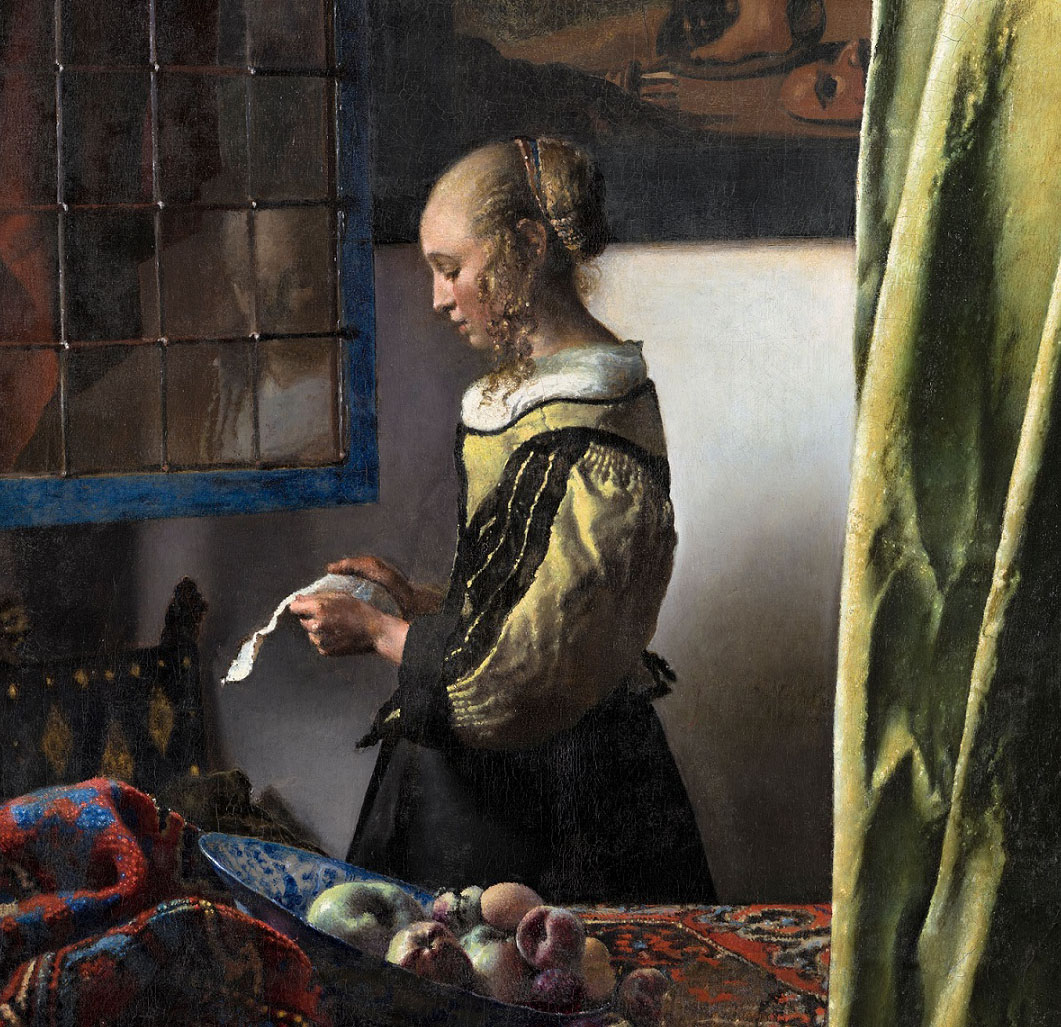“A real sensation”: rare Ru ceramic from China discovered in the Porzellansammlung of Staatliche Kunstsammlungen Dresden (SKD)
10 February 2021[Translate to English:] „Eine echte Sensation“: Seltene Ru-Keramik aus China in der Porzellansammlung der Staatlichen Kunstsammlungen Dresden (SKD) entdeckt
The SKD’s Porzellansammlung (Porcelain Collection) owns an extremely rare Chinese Ru bowl. This discovery was made during a research project launched in 2014 on the historical inventory of East Asian porcelains at the Porzellansammlung, run by Staatliche Kunstsammlungen Dresden. The bowl does not come from Korea, as previously assumed, but from China’s Northern Song Dynasty (960–1127). In 2017, a comparable bowl sold for 37.7 million US dollars at a Sotheby’s auction.
The digital catalogue in the Porzellansammlung is being inventoried in cooperation with more than 20 international experts from countries such as China, Japan, Taiwan, the Netherlands, the UK and the USA. They include the globally recognised specialist in Chinese ceramics, Regina Krahl. The academic’s attention was drawn to this initially quite inconspicuous piece on a trip to Dresden at the start of 2020. Its decidedly simple elegance and beauty lies in the quality of the design, the intensity of the colour and the gloss of the glaze. The piece is a flat bowl with a diameter of 13 centimetres, probably made for washing brushes. It has a vertical rim and stands on a narrow foot which curves outwards. The bowl has a subdued bluish-green glaze with the crazing typical of Ru ceramics: a pattern reminiscent of crackled ice. The bowl was originally part of the collection of the doctor Oscar Rücker-Embden, acquired when he was staying in China from 1913 to 1914. In 1927 it was bought by Ernst Albert Zimmermann, the then director of the Porzellansammlung, and came into the Dresden collection of Chinese and Korean ceramics. Ernst Zimmermann was considered an internationally respected authority on East Asian porcelain. Thanks to his expertise in the field and his good international connections, he was very quickly able to acquire an outstanding collection of early Chinese ceramics for the Porzellansammlung.
Ru ceramics come from the time of China’s Northern Song Dynasty (960–1127), and were only produced for a very short period of some 20 years. Today, only a few pieces have survived around the world. The material was fired in one of the five famous kilns of the Song Dynasty. Because Ru ware is so rare, the bowl in Dresden’s Porzellansammlung was long believed to originate in Korea of the 10th to 13th centuries. Korean porcelain and ceramics of that era are very similar to Ru ware; it is often difficult to differentiate between the two. Staff from the Palace Museum in Beijing suggested that the bowl from Dresden could be a Ru piece back in 2018, and this has now been confirmed by Regina Krahl. The object in the SKD’s Porzellansammlung is thus the 88th Ru piece known to date.
Julia Weber, director of the Porzellansammlung: “Of course, we knew that there are precious treasures to be found in Dresden’s Porzellansammlung, some of them little-known. But the fact that they include one of these legendary Ru ceramics is a real sensation. The bowl is one of the very first ceramics to be made exclusively for the Chinese imperial court more than 900 years ago. As the Song dynasty was driven into the south of China by invaders shortly afterwards, Ru ceramics already became a mythologised memento of an idealised lost past immediately after their creation. To this day they are considered icons of Chinese culture, though their extreme rarity means that few have the chance to admire an original, let alone own one. This history-steeped little bowl is very much at home in Dresden, where Augustus the Strong assembled the largest collection of Chinese porcelain outside Asia.”
Regina Krahl, expert in Chinese ceramics: “Out of the wealth of Chinese ceramics from every era, Ru ware are the rarest of all and have always been considered the absolute pinnacle of the art, not just because of their simple beauty, but also, above all, due to their historical significance. Worldwide, fewer than a hundred pieces have survived, and every single one has been registered and published upon. This pool of items is not actually growing. This “find” in Dresden is thus not just an exciting discovery for me personally, but one that is of great international interest. Finding a Ru piece in a German museum increases the significance of the country’s Chinese collections as a whole. What makes this especially satisfying, however, is that Dresden’s little Ru bowl is an exceptionally good example of its kind, among the very highest-quality Ru ceramics.”
